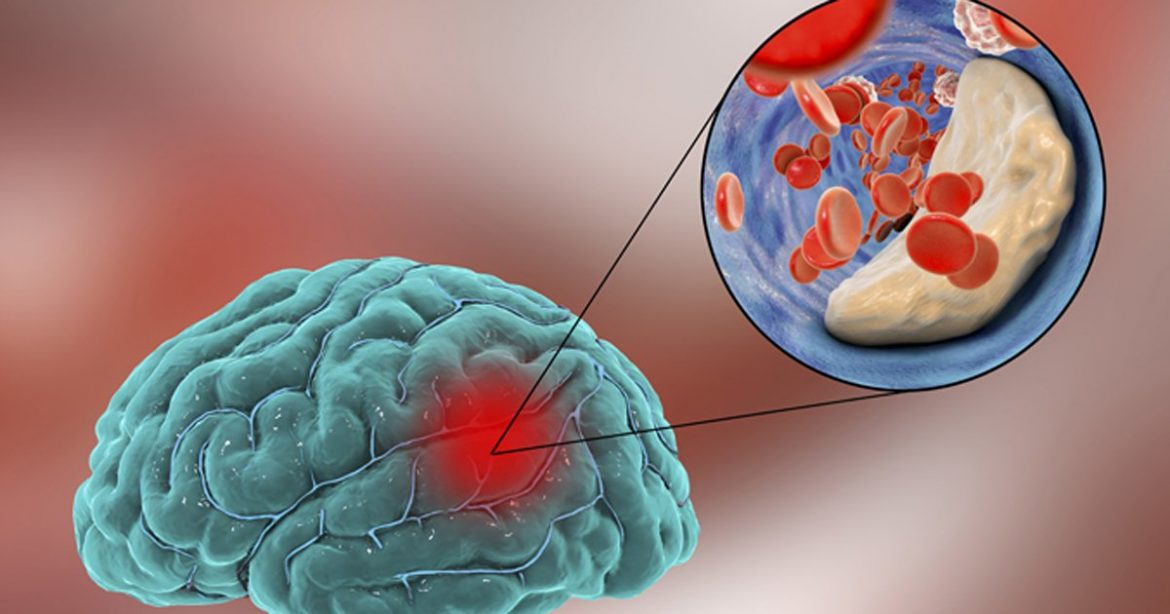A new research presented at the European Academy of Neurology (EAN) Congress 2022 found that the majority of persons who experience ischemic strokes with no recognised risk factors had underlying illnesses.
The study indicated that 67.7 percent of stroke patients with previously undetected major risk factors (UMRF) had one major risk factor. From 2003 to 2018, researchers from the Centre Vaudois in Lausanne, Switzerland, examined the health records of 4,354 stroke patients from the ASTRAL registry, 1,125 of whom had UMRF.
Dylipidaemia, an imbalance of blood fats such as excessive cholesterol or elevated triglyceride levels, was the most commonly found vascular risk factor (61.4 per cent of patients).
High blood pressure was the second most prevalent risk factor (23.7 percent of patients), and one in ten (10.2 percent of patients) had atrial fibrillation, a disorder that produces a rapid and often irregular pulse.
Using multivariate analyses, the researchers discovered a link between UMRF patients and younger age, non-Caucasian ethnicity, contraceptive usage in women under the age of 55, and smoking in patients 55 and older. The study also discovered a link between antiplatelet (blood thinner) usage before to the stroke and a higher BMI (BMI).
The most frequent form of stroke happens when a blood clot or other obstruction shuts off blood flow to the brain.
According to the study’s lead author, Dr. Andre Rego, the findings shed light on main risk factors for ischemic stroke.
“Our findings highlight the need of evaluating and treating blood fat imbalances including excessive cholesterol and triglyceride levels, as well as blood pressure and detecting and treating patients with atrial fibrillation and type 2 diabetes,” Dr. Rego said.
“There was little clinical information regarding the incidence, patient profile, and stroke causes in patients with acute ischemic stroke who had previously undetected significant vascular risk factors prior to our study. We expect that this study will aid in the identification of possible stroke patients who will require more extensive prevention and surveillance in the future.”

